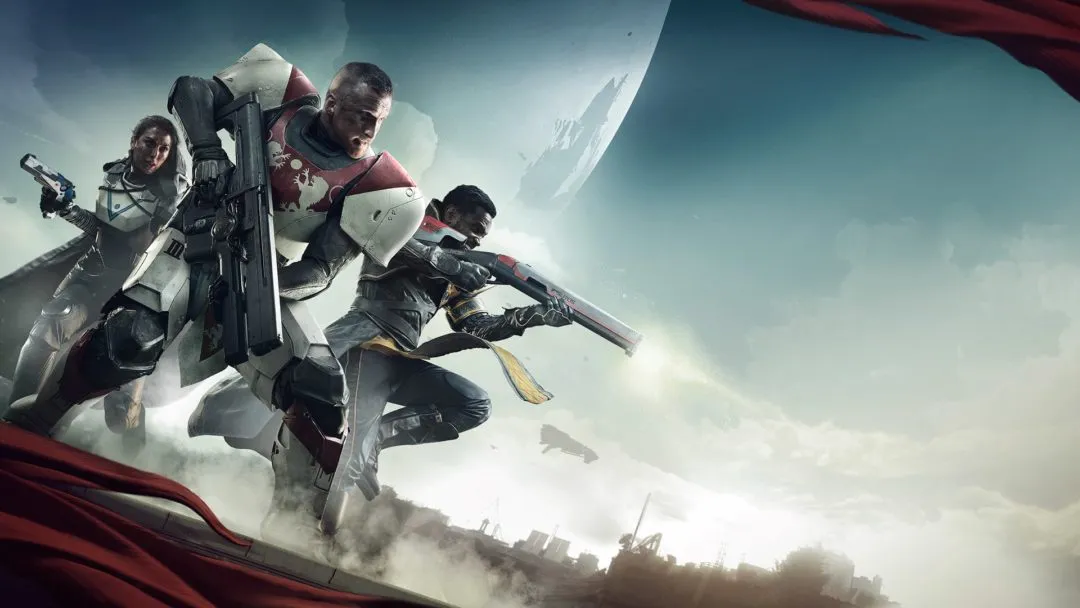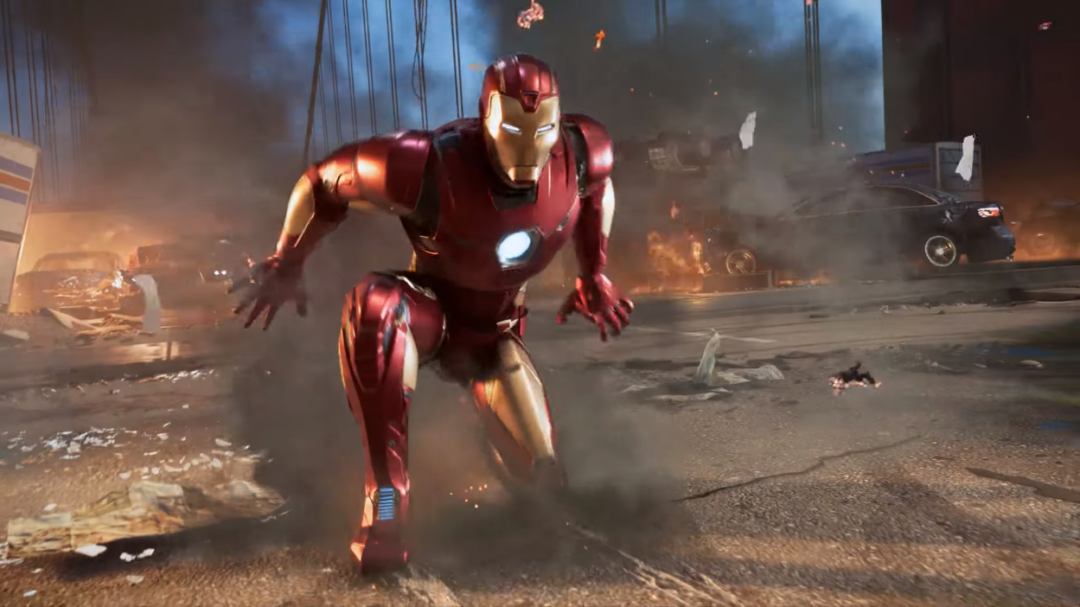
A few weeks ago there was the story about how old-school classic No One Lives Forever can’t have a re-release because the idiots that maybe hold the rights can’t be bothered. In an industry this obsessed with milking IP, it’s amazing that a publisher wouldn’t take interest in this chance to keep some legacy franchise alive, especially when someone else is willing to do all the work and give them a cut of the proceeds. Isn’t this why you buy IP in the first place? So you can make money with it later? It makes no sense to pay money for the rights to a franchise and then lock those rights in a file cabinet somewhere.
But this only points out a larger problem we have in this hobby: Games do not last. I can run out right now and get a copy of The Martian Chronicles by Ray Bradbury. (First published 65 years ago.) I can even get a copy of The Time Machine by H.G. Wells, which is 120 years old this year. I can buy a copy of movies made 60 years ago. But wanting a videogame from just 15 years ago is apparently asking too much.
But Shamus! What about Good Old Games? They’re awesome and they have old games! What about DOS Box? Huh? HUH?
I love the idea that we could still be playing Borderlands in 10 years on the 2025 equivalent of DOS Box. (Windows XP Box?) But I don’t think that’s likely and it might not even be possible. Unless this industry undergoes some kind of major shift in focus, most of the games we enjoy today will not be available in ten years. Here’s why:
1. Windows is more complex than DOS.

DOSBox works by emulating the behavior of an old PC. The inner workings of DOS and the early versions of Windows are pretty simple by today’s standards. This is no longer the case. Modern Windows is an insanely complex beast, and every iteration is a little more complex than the one before. It’s pretty straightforward to emulate the drawing behaviors of DOS. It’s another matter entirely to try and emulate the potentially hundreds of different DirectX runtimes. For a glimpse of the complexity, here is an explanation on why there are so many:
There are over 40 different versions of the D3DX library for D3D9 alone, and many more for D3D10 and 11 as well. Each game that uses the D3DX helper library is linked to a specific version. As such the game must run the correct D3D installer version that it was specifically compiled with to ensure the binaries exist.
Even if a later version of the binary is already installed, that version cannot be used, and even if your DirectX install is up-to-date because you’ve run a more recent version of the installer that is not guaranteed to have installed all previous versions. Even worse, if a version is installed for x86 it doesn’t guarantee the same version is installed for x64, so 64 bit and 32 bit games may need to run the same exact installer version but targeting different platforms when run.
So anyone working on “Windows XP Box” in 2025 will need to emulate all of this: Numerous versions of Direct X, with numerous runtimes for each version, with different builds depending on whether the game was natively designed for 32 or 64 bit systems. (And this only covers games that use Direct X, and ignores the additional complexity of supporting OpenGL based games.)
There is a limit to how far hobbyists can go. As proof: Look at the limited success Linux gaming is having under WINE. Smart people have been working on this for years, and support for Windows games on Linux is still really spotty. It’s a hard problem to solve.
And we haven’t even gotten to the problem of emulating graphics drivers yet…

2. You think the operating system is complex? Take a look at the driver-level sorcery.
If you’re in 2025 and you want to get Borderlands running on a modern machine, figuring out how Windows XP worked is only part of the problem. The easy part. The real madness is lurking under the hood in the driver layers.
If you’re a PC gamer, then you know what graphics drivers are. That’s the thing you have to install to enable your games to use that fancy new graphics card in your PC. There are two big companies in this game: NVIDIA and AMD. Each company has unique hardware with unique drivers. What you probably don’t know is what sort of shenanigans those drivers might be up to.
How it works is this: A developer makes a game that is fundamentally broken. Say “Shoot Guy IV” comes out on the PC and its rendering code doesn’t work according to how the specs are written. The game is slow or broken or looks glitchy. If you’re an engineer at NVIDIA, you could just send a little note to the developer and tell them, “Dear idiot, that’s not how rendering works on the PC. You need to do such-and-such.” That would be the right thing to do, especially if you can avoid calling them an idiot.
But you have another option. You can change the latest version of the NVIDIA drivers to detect if the user is running Shoot Guy IV, and then “fix” their render for them while the game is running. Then the buzz on the internet will be, “The game is glitchy on AMD cards? Well, it works fine on my NVIDIA card! Get a real graphics card, loser!” Thus you turn this broken PC game into a selling point for NVIDIA graphics cards by hiding the brokenness from the end user.
This has been going on for years, and it’s terrifying. It means a lot of our PC games are fundamentally broken and we don’t even know it. It means anyone trying to emulate today’s games on other hardware would need to unravel hundreds and hundreds of secret, undocumented, proprietary hacks to get them working as expected.
3. Consoles can’t save us.

The if you’re laughing at all the PC Lamers and their goofy computing boxes, you should be aware that things are even worse on the console side. Sony hasn’t made a properly backwards-compatible system since the PS2 in 2001. Microsoft has never done it. They are burning their bridges as fast as they can, and the only way to run yesterday’s games is to own yesterday’s hardware. Sure, they might sometimes do re-releases of big-name AAA titles. But if they don’t think a re-release will sell, they won’t bother to salvage it. Which means a lot of games will eventually stop existing.
4. And then there’s the DRM problem.
Over the last 10 years there’s been a proliferation of games that have stupid extra account logins and platform-specific launchers and social media integration and phone-home DRM. Some day all of that stuff will be gone. So even if you miraculously get a 2005 game working in 2025, the game will still be trying to connect to servers that are gone. You can crack the game, but because of the wonderful DMCA, it is illegal to do so. Which means if you’re a hobby programmer just trying to preserve old games for purely historical reasons, you are now a criminal. This means that instead of games winding up on Good Old Games where everyone can buy them, they will wind up on the piracy torrents.
5. Licensing is a nightmare.
Games are getting to be more complex, which means the business relationships behind them are more complex. Companies are bought, sold, and re-organized. Franchises change hands. Even if one company has the rights to re-release Shoot Guy IV 10 years from now, do they still have the rights to the graphics engine that the game runs on? Do they still have the rights to the soundtrack? Do they have the rights to make new titles but not the rights to continue distribution of the old?
Like NOLF, some games will vanish not because we can’t get them running, but because the titles have been cut up and sold in such a way that no one person has enough of the rights to do anything.
6. Basically, the future is screwed.
A lot of games are going to go away. Newer titles will face a harder road to revival when their time comes. The technological hurdles are getting taller, the legal [dis]agreements are becoming more complex, and the DRM continues to sabotage the game long after sales are over. This is an industry set on burning its bridges behind it, as fast as it can.
Sure, we’ll always have classics like Tetris and Doom. But what about oddballs like Crackdown, Prey, Heavenly Sword, Jade Empire, FUEL, Thief: Deadly Shadows, or one of the other thousands of games that didn’t become legend, but have a small following of devoted fans? At least some of those games will die with the hardware they were designed for. And that’s a tragedy.
Shamus Young is a programmer, critic, comic, and crank. Have a question for the column? Ask him! [email protected].




Published: Mar 17, 2015 07:00 pm